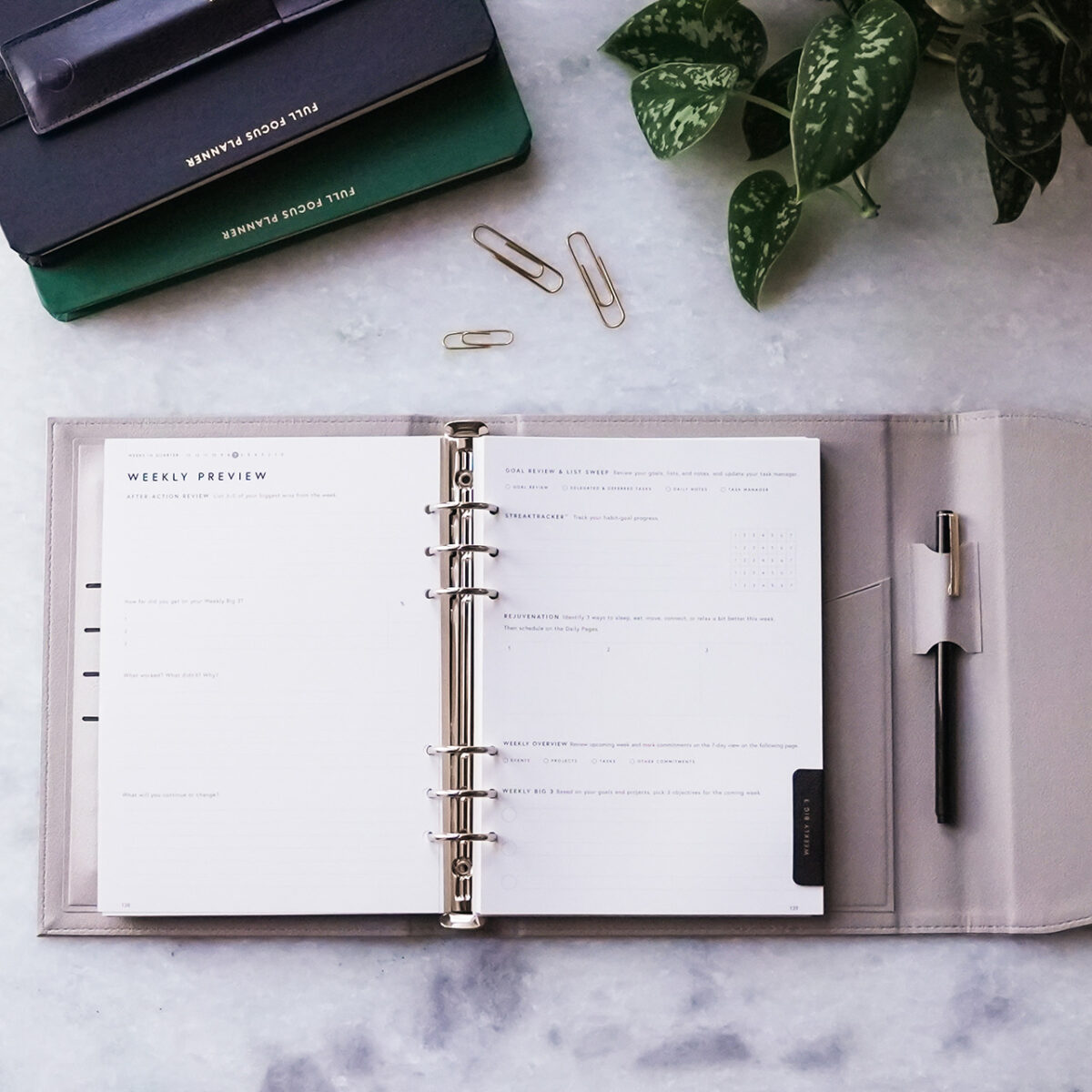(And Why You Need to Put Them into Action Now)
A lot of productive people operate in disorganized workspaces. The problem is that they’re not as productive as they could be. The hidden culprit stealing their focus is clutter.
When I moved into my new office a while back, I was in the middle of a massive video shoot. Time was tight, and I just wanted to move my stuff in as quickly as possible.
I didn’t organize with intention or strategy. I just threw stuff in drawers and cabinets with little rhyme or reason. What I didn’t consider at the time was that the disorganization and clutter would be a hindrance—even subconsciously—to my daily productivity.
Clutter is proven to work against even the most productive professionals. “When your environment is cluttered, the chaos restricts your ability to focus,” says Erin Doland, summarizing the findings of researchers at the Princeton University Neuroscience Institute, adding:
The clutter also limits your brain’s ability to process information. Clutter makes you distracted and unable to process information as well as you do in an uncluttered, organized, and serene environment.
The distraction that clutter introduces often goes unnoticed—yet its restrictive influence on our brains is powerful.
With this in mind, I strategically cleaned out my office, all with the goal of decluttering for maximum focus. The two hours that I spent organizing were well worth it. I gained a serene work environment, free from the subtle distraction that chaos introduced.
Clutter is something we must eliminate if we want to experience the freedom that comes from productivity. Here are five steps to kill the clutter and organize your workspace for maximum efficiency.
1. Set aside time to declutter. What gets scheduled gets done, so get it on your calendar. I suggest that you plan for two to three hours of clean-up.
2. Put all your items in the center of the room. I know what you’re thinking. And, yes, it is going to be a big, ugly pile. I learned this technique from The Life-Changing Magic of Tidying Up, and it really is the best place to begin. Pull everything out of the cabinets and drawers. Don’t try to sort it or organize it. Just get it all out there where you can see it.
3. Make a list of all the natural groupings. Survey the pile and write down the possible categories present. This list might include topics like audio, computer, photography, office supplies, miscellaneous, and so on.
4. Decide what is going to go where. I suggest that you use a five-zone organizing system. The stuff you use most frequently should be closest to you. The stuff you use least frequently should be farthest from you.
- Zone 1. The items you use daily. These will be the things you use all the time, and they should be closest to you. For me, most Zone 1 items are on the desk. You want to have as little as possible in this zone. My examples include: pens, computer, keyboard, and Kleenex.
- Zone 2. The items that you use frequently. These should be within reach or just a step away, but not actually on your desk. Perhaps they’re in drawers or cabinets very close by. My examples include: stapler, screen wipes, scissors, and paper clips.
- Zone 3. The items that you use occasionally. These should be the next closest, usually within a few steps of your desk. Perhaps they’re in a cupboard, file cabinet, or some other local storage. My examples include: audio equipment, video equipment, and computer cords.
- Zone 4. The items that you use rarely—or the items that don’t fit inside your workspace. These could be items that you put inside a storage closet of some kind. My examples include: extra copies of my books, extra office supplies, lighting rigs, and big camera gear.
- Zone 5. The items that you never use. Are you holding onto items that you simply do not use? I encourage you to let go of possessions you haven’t needed in twelve months or more. Get rid of them! You have three options: trash them, donate them, or sell them.
5. Place each item where it goes. I always use containers to be sure items don’t get jumbled up in the drawer or cabinet.
The goal is to be able to walk into your workspace every single day with laser focus. A serene, organized environment guarantees that your brain is not distracted by things; instead, it sees only the high-leverage tasks at hand. What steps will you take this week to fight for focus by decluttering your workspace?
Disclosure of Material Connection: Some of the links in the post above are “affiliate links.” This means if you click on the link and purchase the item, we will receive an affiliate commission. Regardless, we only recommend products or services we use and believe will add value to our readers. We are disclosing this in accordance with the Federal Trade Commission’s 16 CFR, Part 255: “Guides Concerning the Use of Endorsements and Testimonials in Advertising.









